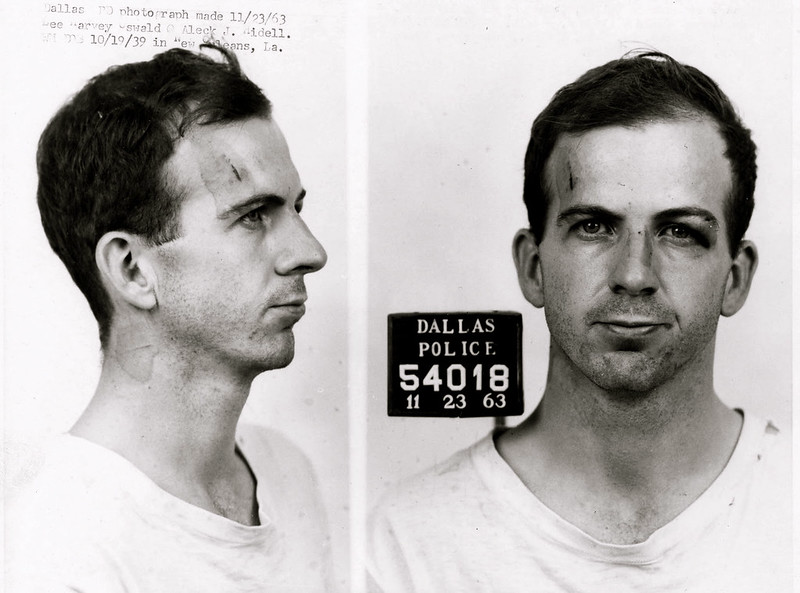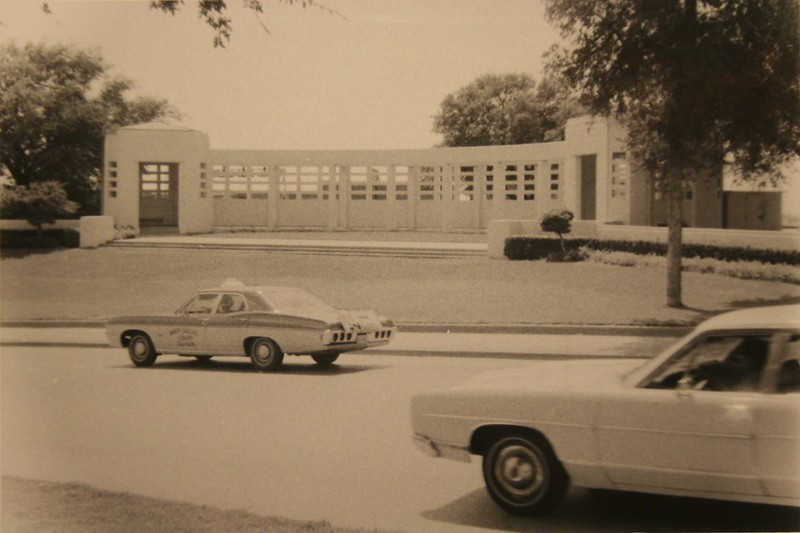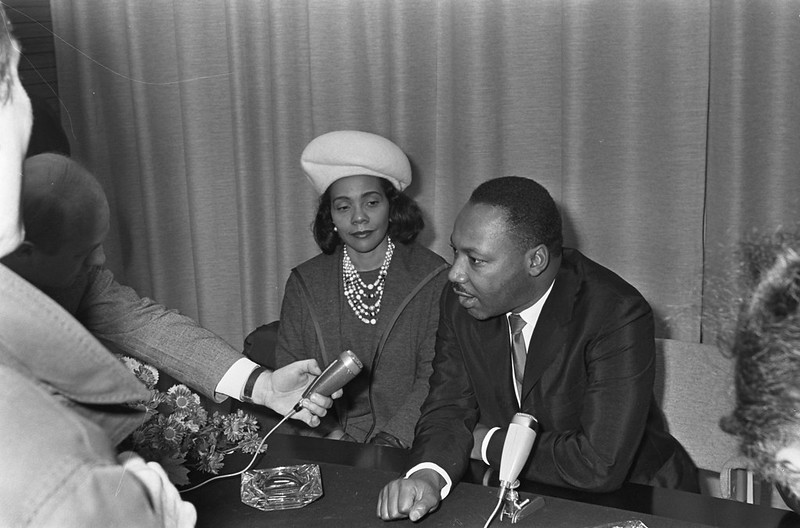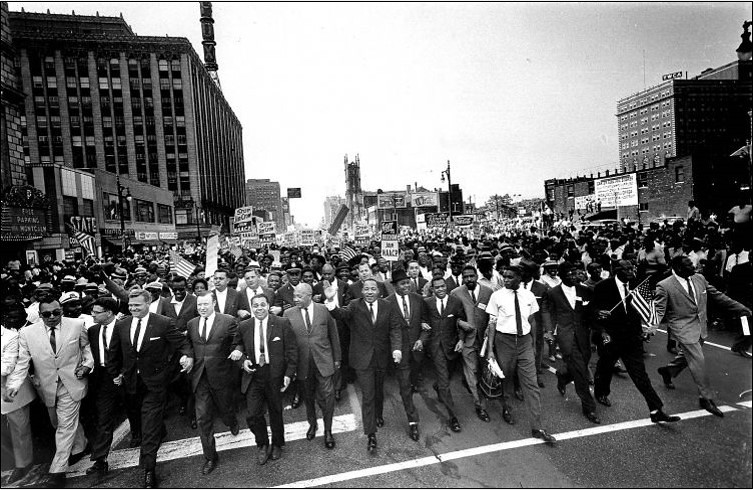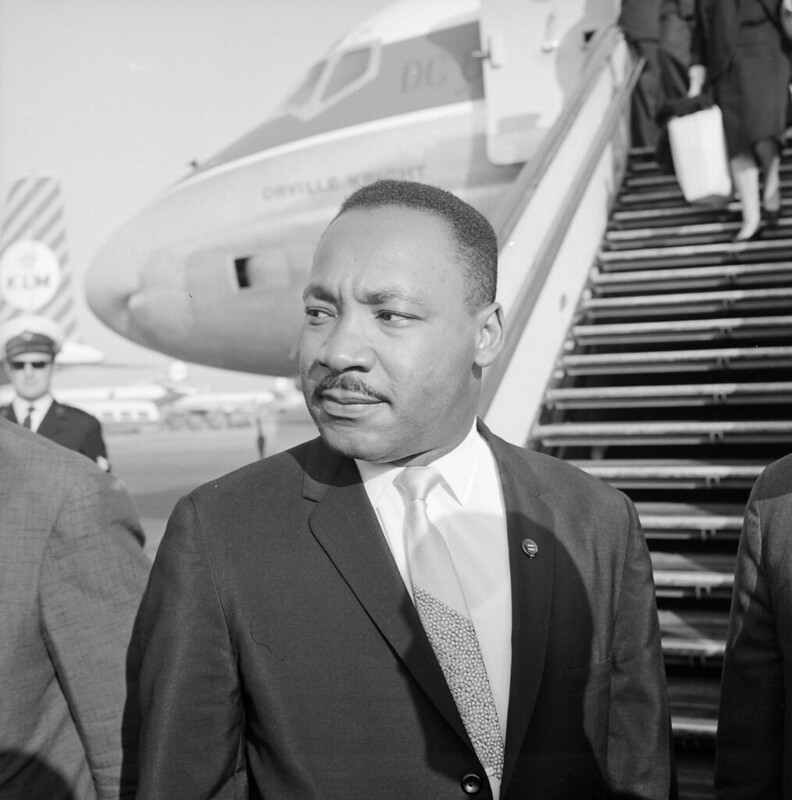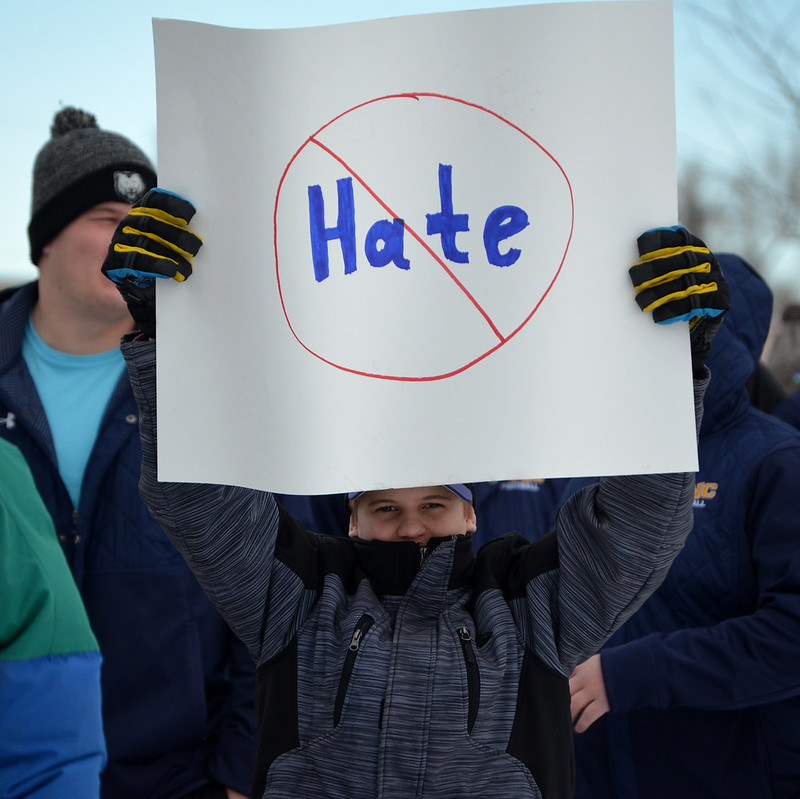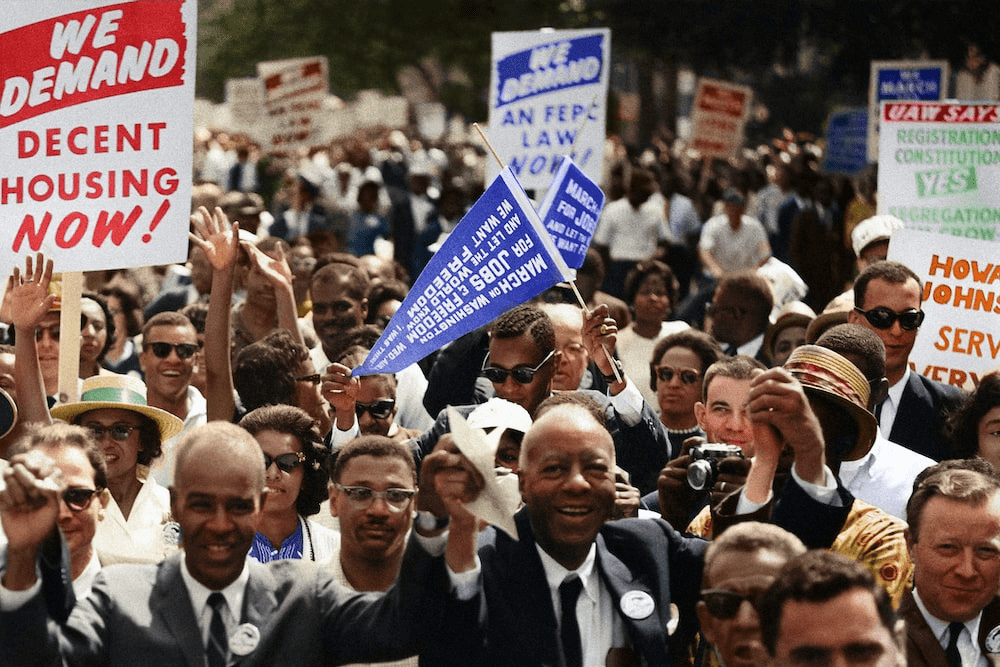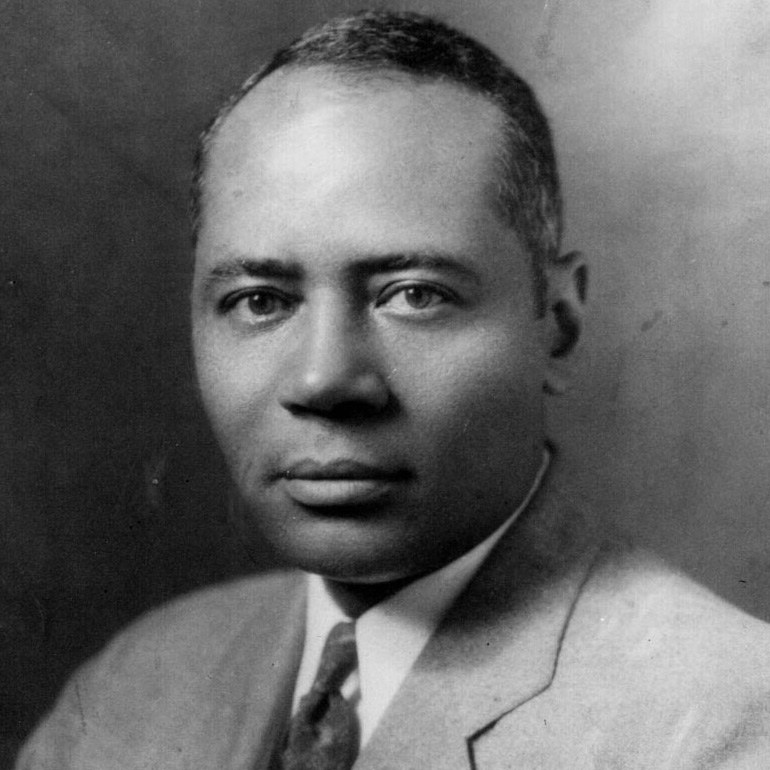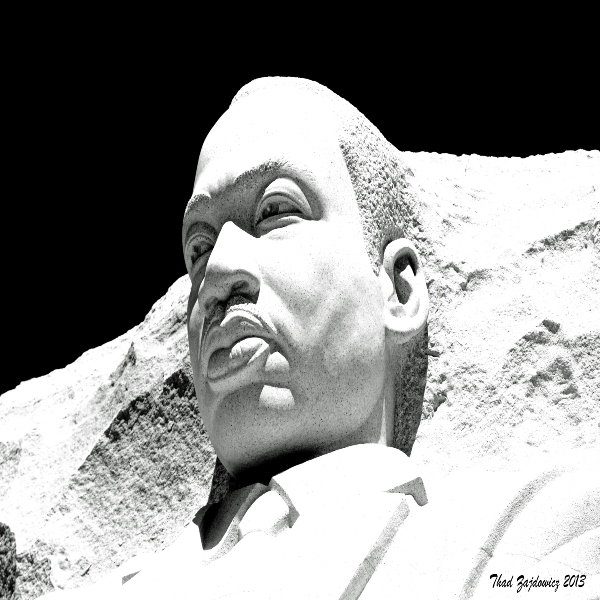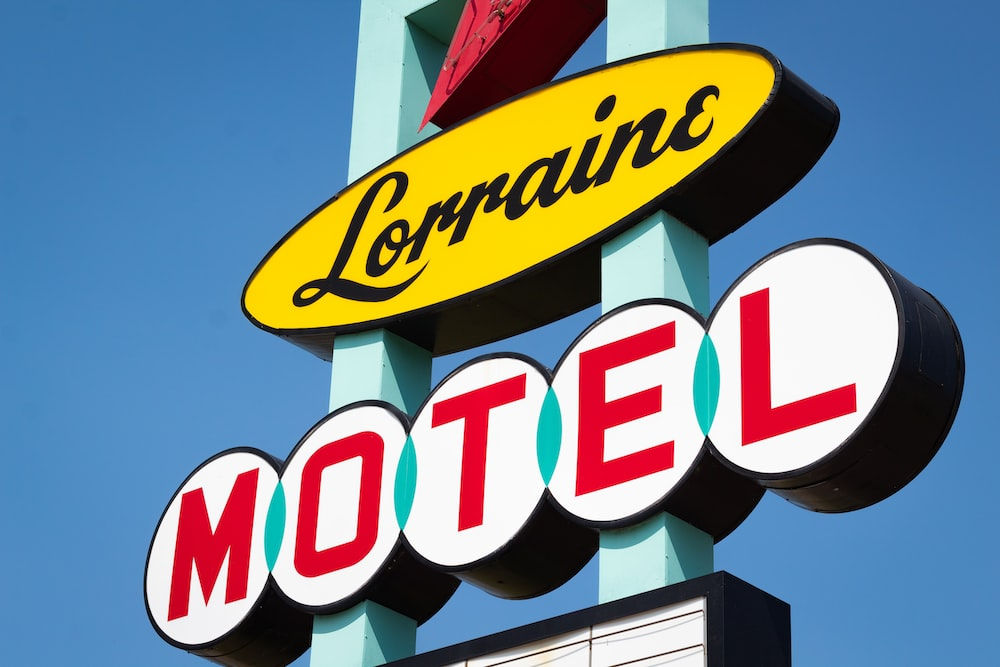- Jake Fernandez
- Blogs
- Hits: 207
Did Lee Harvey Oswald Try to Kill General Edwin Walker?
Many believe Lee Harvey Oswald tried to kill General Edwin Walker months before he assassinated President John F. Kennedy with the same weapon. It’s high time someone finally called out this lie presented as a historical fact.
Read our contributor Scott Reid’s latest review of the unsuccessful Edwin Walker assassination to know once and for all if Oswald killed Walker.
Below is a recap of the review, starting with the events of that fateful night in April 1963.
What Happened on April 10th 1963?
General Walker was inside a ground floor room of his property on Turtle Creek Boulevard doing taxes when something resembling a firecracker rang out. He realized it was a shooting when he spotted a hole in the wall beside where he was sitting. It only missed him because it ricocheted off a wooden window frame.
An injured Walker went upstairs to grab his pistol. He heard a car pull away but failed to spot the shooter. The police were called, and the bullet was recovered in a different room soon after.
The Suspiciously Timed Break in the Case
Despite General Walker’s swift action, the case remained largely unsolved. A man named William Duff was arrested to no avail. It wasn’t until after the JFK and Oswald assassinations that Oswald was suggested as the one who shot at Walker.
In fact, Walker made this suggestion in an interview with a right-wing German newspaper. The remaining pieces “naturally” fell into place after Oswald’s widow, Marina, sent a Russian book to law enforcement through her friend Ruth Paine.
The book contained a note first seen by Marina after the attempted assassination of General Edwin Walker. Marina also alleged that Oswald had arrived home late on April 10th and confessed to the attempted shooting. She said Oswald buried the rifle and unearthed it for the John F. Kennedy assassination.
Her testimony was enough to ensure Oswald went down in history as someone who attempted a killing before successfully killing a President.
Why Oswald Couldn’t Have Attacked General Walker
Let’s suppose Oswald did write the note Marina forwarded to the police. The note's contents still don’t prove Oswald conspired to kill General Walker. Below are some of the problems within the note:
- It doesn’t specify the dangerous activity to be the assassination of General Edwin Walker.
- It doesn’t mention Walker.
- It isn’t signed or dated.
- The FBI drew latent prints instead of fingerprints from the note.
Kennedys and King’s Take on the Attempted Assassination of General Edwin Walker
Oswald was as responsible for the attempted assassination of General Edwin Walker as he was responsible for the assassination of John F. Kennedy. If you believe one, you assume the other. We believe none. Get out hot takes on the JFK assassination and the events surrounding it, and support our platform so that we can help bring the truth to light.
Get in touch for inquiries and feedback.


